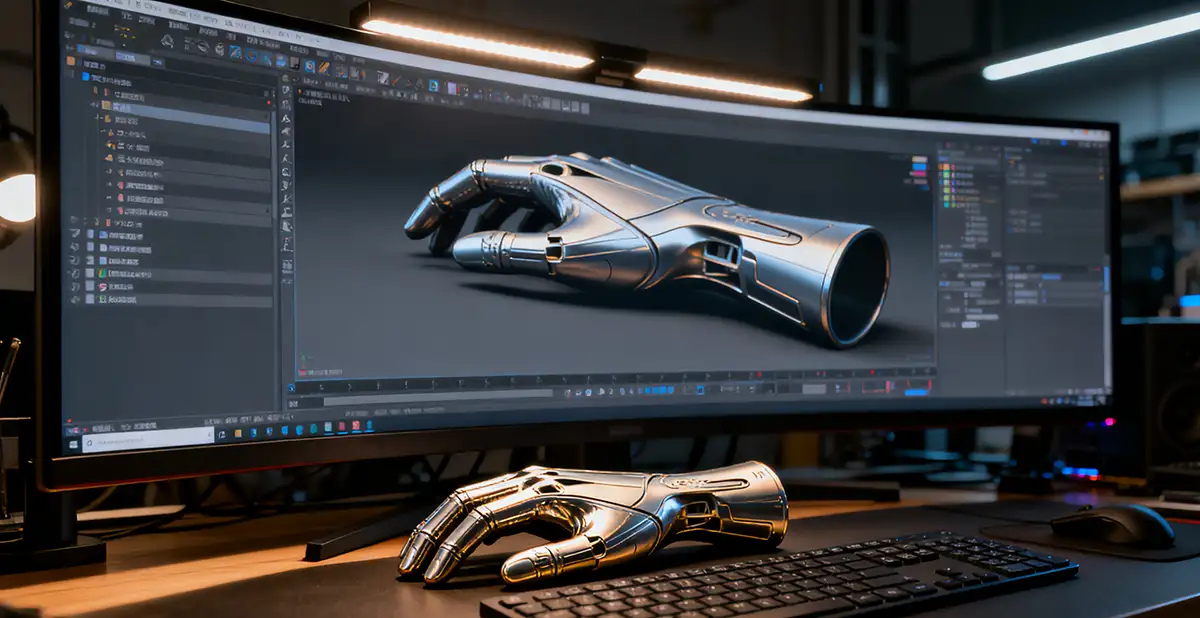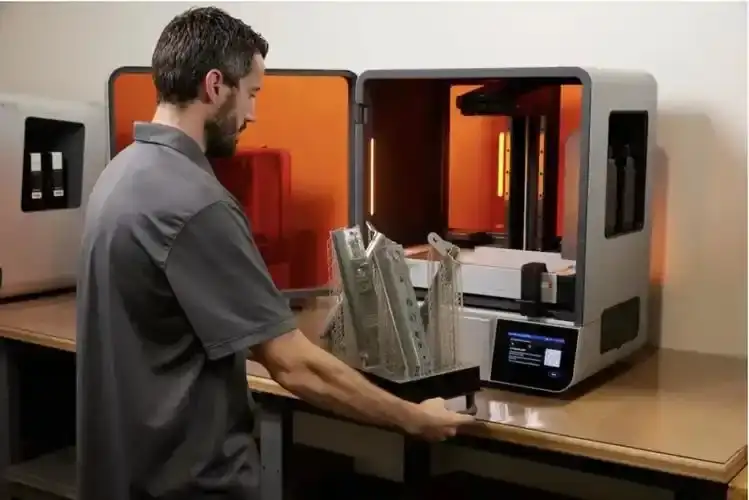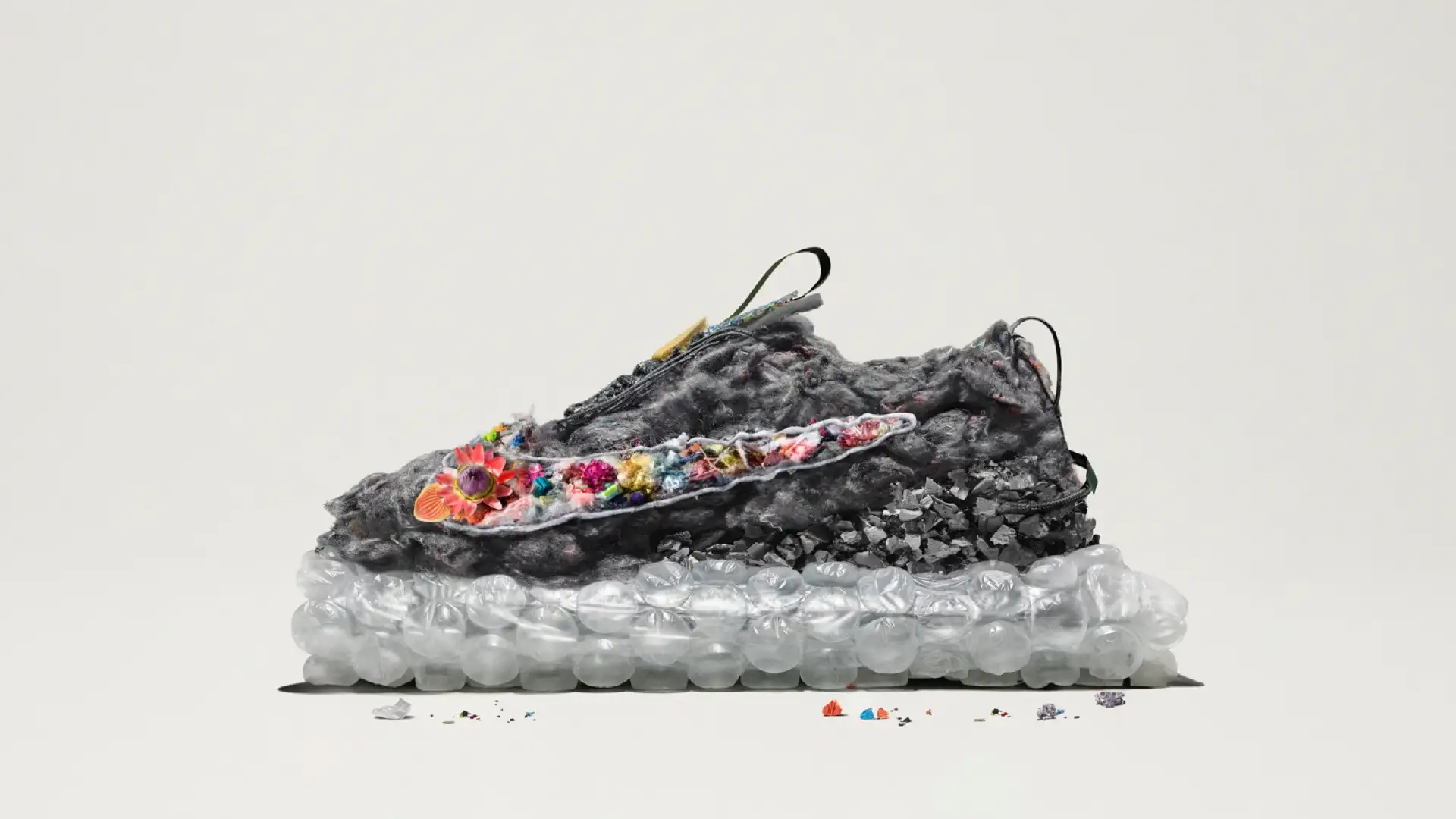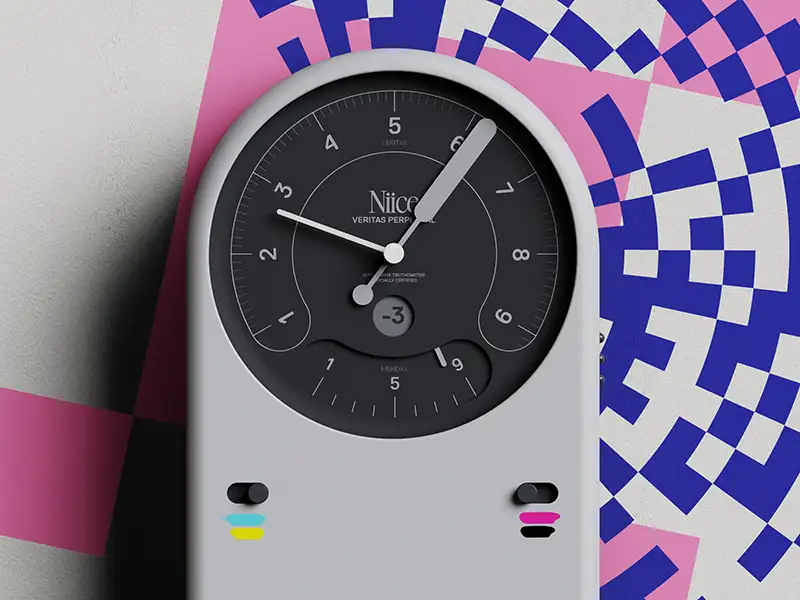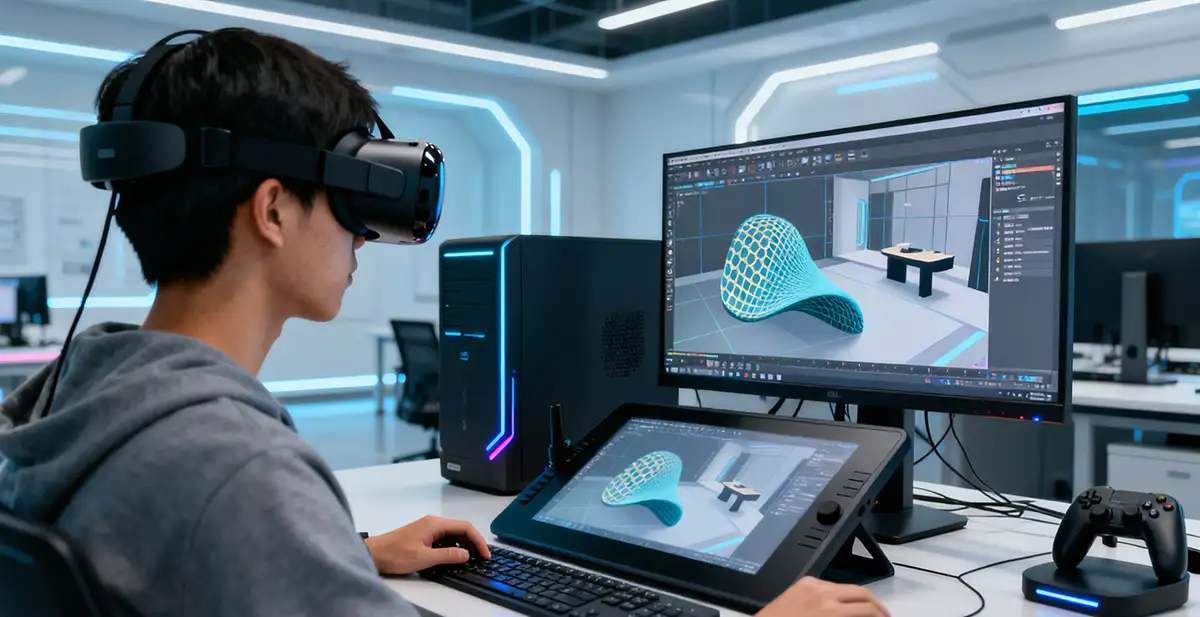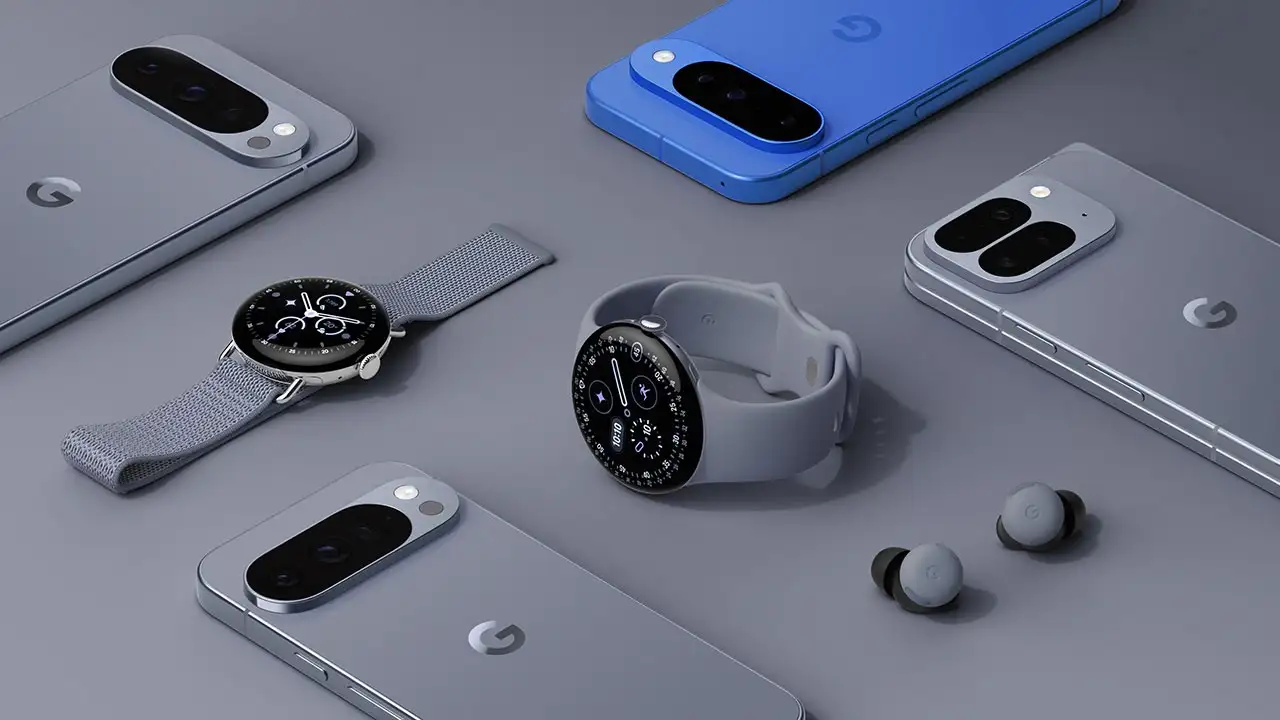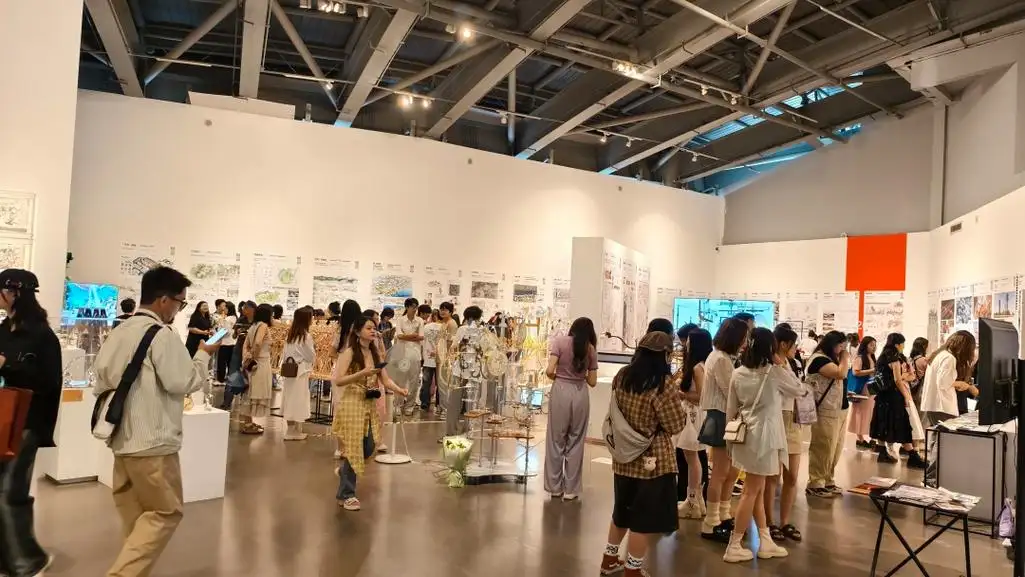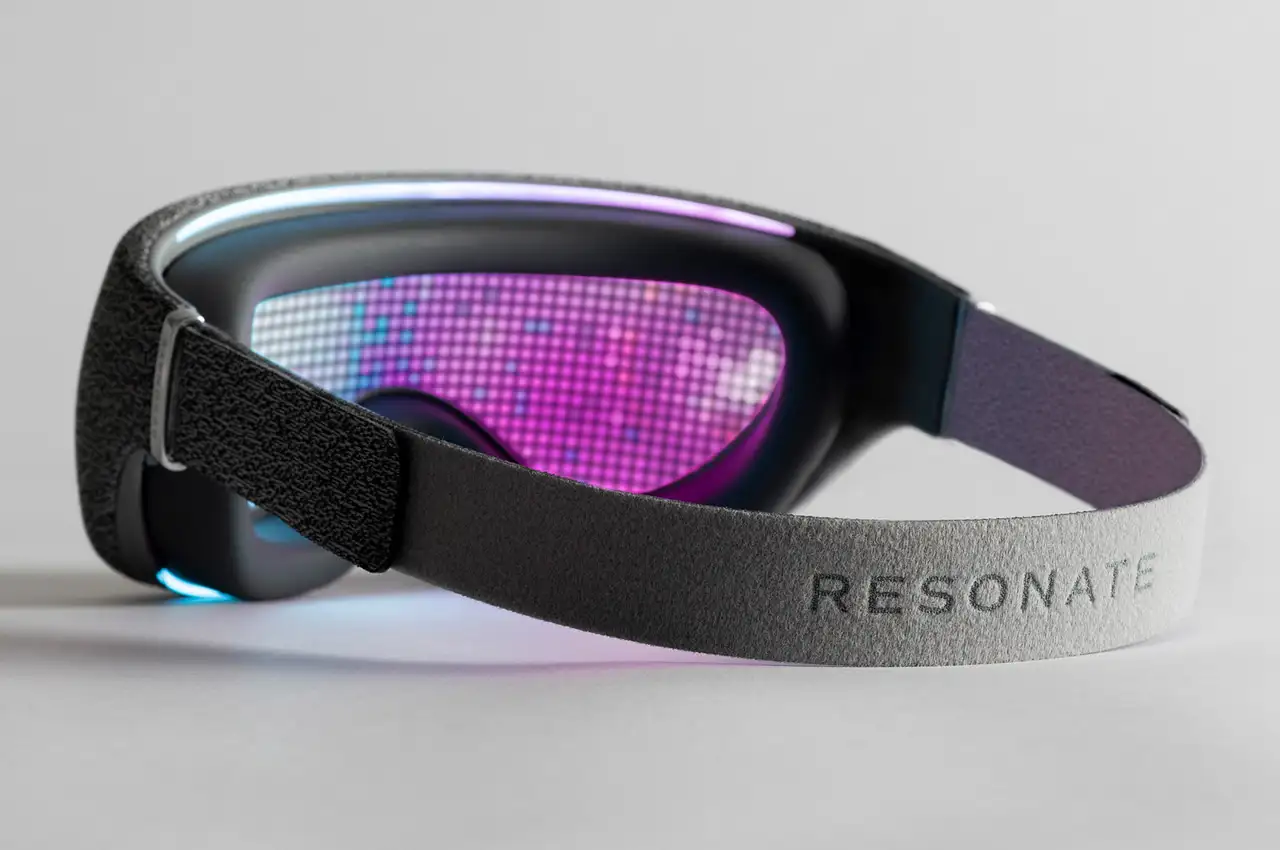NINEIDEA:一个创意灵感,如何借工业设计颠覆行业?往往并非源于技术的绝对领先,而是源于对“价值”的重新定义。工业设计正是完成这种重新定义最强大的工具。它通过一个深刻的用户洞察,将一个核心技术包裹进一个不可或缺的体验中,从而引爆市场,改写行业规则。
深刻洞察 × 极致体验设计 × 系统思维 = 行业颠覆
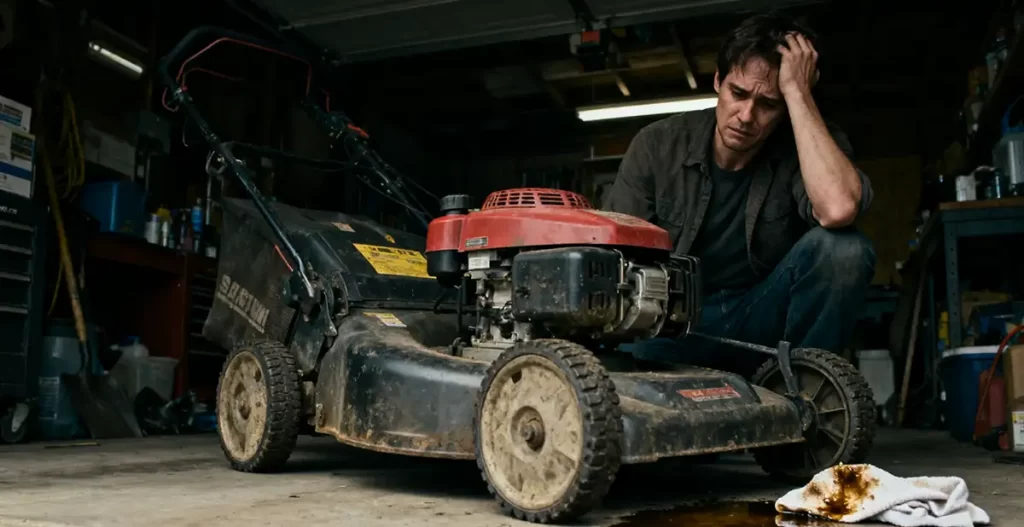
发现那个“不可见”的痛点(洞察之源)
真正的颠覆始于一个被整个行业忽视的、或已习以为常的用户痛点。
- 不要问:“用户想要什么?”
- 要问:“用户在现有解决方案中,忍受着什么?哪些环节让他们感到挫败、低效或不悦?”
- 案例灵感: 传统割草机行业都在竞争马力、刀片。但用户的真实痛点或许是:操作笨重嘈杂、存放占用空间、需要定期维护(加油、磨刀)。一个颠覆性的灵感可能是:“我们能否设计一款像Roomba一样完全自主、安静、且无需用户任何维护的割草机器人?”

用设计将技术转化为“本能体验”(设计之力)
拥有技术(如SLAM导航、计算机视觉)只是基础,设计的力量在于将其隐藏起来,提供一种“魔法般”的体验。
- 极简交互: 颠覆性产品几乎不需要说明书。开箱、按下唯一一个按钮,它就能工作。所有复杂性由设计来解决。
- 情感连接: 通过材质、形态、声音和光效,让一个工具变成一个有“性格”、令人喜爱的伙伴。它的工作状态应该能通过设计语言被直观感知。
- 案例深化: 上述割草机器人不应看起来像个冷冰冰的机器。它的设计应该圆润、友好、坚固,能安静地融入家庭环境。它或许会在完成工作后自动返回一个精致的基站进行充电和自清洁,整个过程无需用户干预。这种“无感”的体验,才是最大的奢侈。
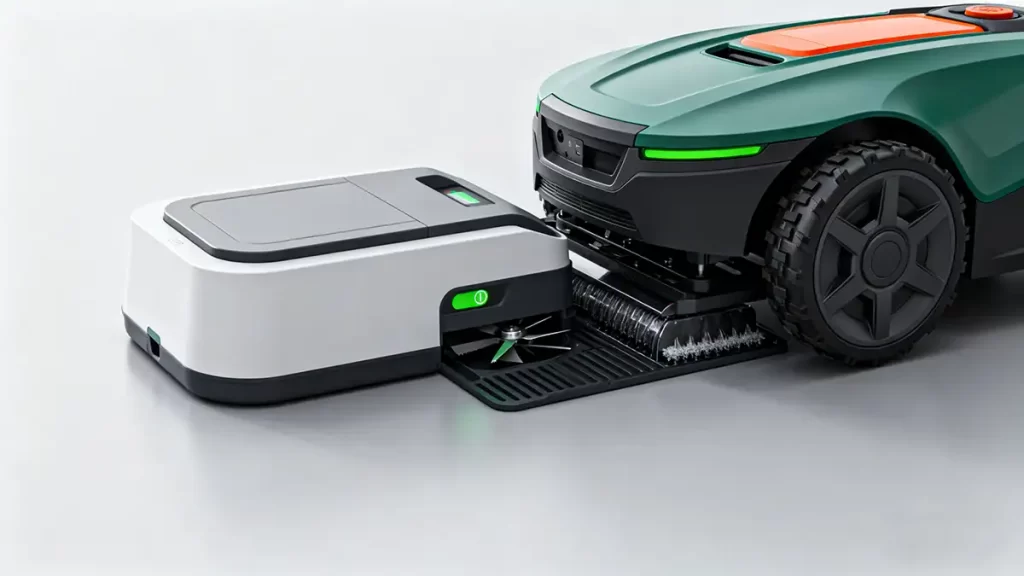
重构价值链与生态系统(系统之维)
最具颠覆性的工业设计,思考的远不止单个产品,而是整个产品服务体系。
- 商业模式创新: 产品可能不靠硬件盈利,而是通过订阅制提供高级功能(如更精细的草坪规划、安全监控)、耗材自动配送、或增值服务。
- 生态系统锁定: 设计使其能与家庭其他智能设备(如智能灌溉系统、照明系统)无缝联动,创造更大的价值,从而构建起强大的用户粘性和行业壁垒。
- 案例终极形态: 这台割草机器人不仅是园丁,更是“草坪健康管家”。它搭载的传感器能分析土壤湿度、草生长情况,并自动联动灌溉系统。用户通过一个极其简洁的App查看这一切。硬件销售+数据服务+生态联动,彻底颠覆了“卖农机工具”的旧模式。
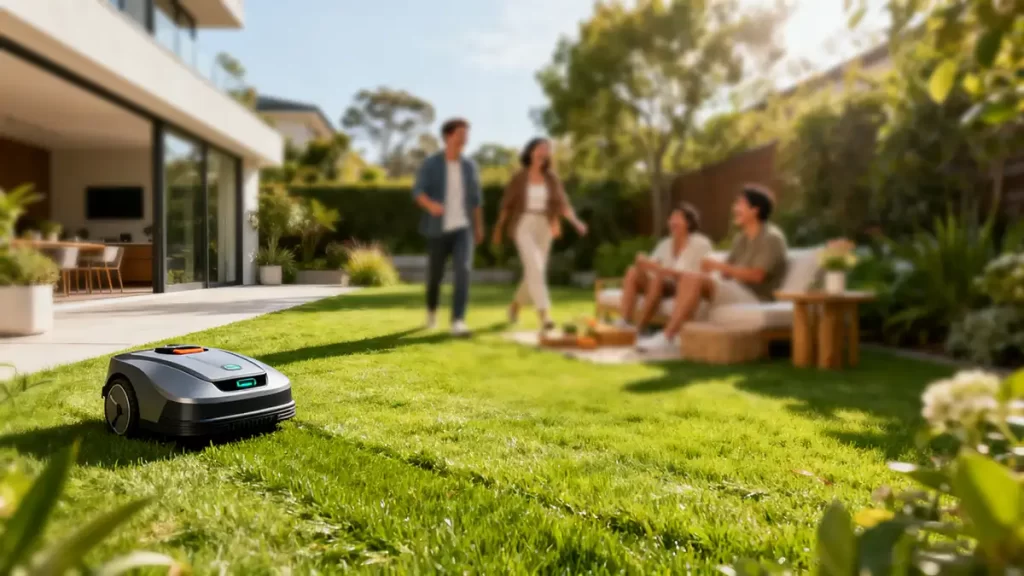
你的创意灵感能否颠覆行业,关键在于:它是否源于一个被广泛忍受的痛点?你的设计是否将解决方案转化为一种极简、愉悦甚至令人惊叹的体验?你是否构建了一个让对手难以复制的产品服务系统?
工业设计就是完成这一切的“炼金术”。它将一个冰冷的创意,锻造成用户渴望拥有、并愿意为之改变习惯的热门产品。这就是它颠覆行业的核武器之力。
@NINEIDEA九号创新 www.nineidea.com
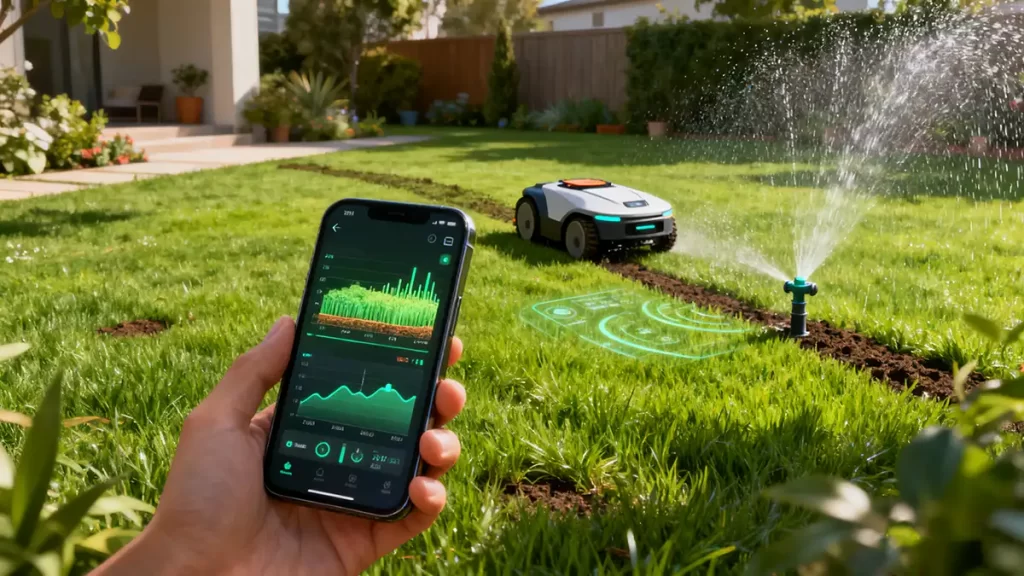
How can a creative inspiration use industrial design to disrupt the industry?
NINEIDEA: A creative inspiration, how to subvert the industry through industrial design? Often, it does not stem from absolute technological superiority, but from a redefinition of ‘value’. Industrial design is the most powerful tool for achieving this redefinition. It encapsulates a core technology into an indispensable experience through a profound user insight, thereby igniting the market and rewriting industry rules.
Deep insight x Ultimate experience design x System thinking=Industry disruption
Discovering the ‘invisible’ pain point (source of insight)
True disruption begins with a user pain point that has been overlooked or taken for granted by the entire industry.
Don’t ask, ‘What does the user want?’
What are users enduring in existing solutions? Which aspects make them feel frustrated, inefficient, or unhappy
Case inspiration: The traditional lawn mower industry is competing for horsepower and blades. But the real pain points for users may be: cumbersome and noisy operation, space occupation for storage, and the need for regular maintenance (refueling, sharpening). A disruptive inspiration may be: “Can we design a lawn mowing robot that is completely autonomous, quiet, and requires no user maintenance like the Roomba? ”
Transforming technology into “instinctive experience” through design (the power of design)
Having technology (such as SLAM navigation, computer vision) is just the foundation, the power of design lies in hiding it and providing a ‘magical’ experience.
Minimalist interaction: Disruptive products require almost no user manual. Open the box, press the only button, and it will work. All complexity is solved by design.
Emotional connection: By using materials, forms, sounds, and lighting effects, a tool can be transformed into a “personality” and beloved companion. Its working state should be intuitively perceived through design language.
Case Study: The above lawn mowing robot should not look like a cold and lifeless machine. Its design should be rounded, friendly, sturdy, and able to blend quietly into the home environment. It may automatically return to a sophisticated base station for charging and self-cleaning after completing its work, without the need for user intervention. This’ emotionless’ experience is the greatest luxury.
Refactoring the Value Chain and Ecosystem (System Dimension)
The most disruptive industrial design involves thinking not just about individual products, but about the entire product service system.
Business model innovation: Products may not rely on hardware for profit, but provide advanced features (such as more refined lawn planning, safety monitoring), automatic distribution of consumables, or value-added services through a subscription system.
Ecosystem lock-in: Designed to seamlessly integrate with other smart devices in the home, such as smart irrigation systems and lighting systems, creating greater value and building strong user stickiness and industry barriers.
The ultimate form of the case: This lawn mowing robot is not only a gardener, but also a ‘lawn health butler’. It is equipped with sensors that can analyze soil moisture, grass growth, and automatically link irrigation systems. Users can view all of this through an extremely simple app. Hardware sales+data services+ecological linkage have completely overturned the old model of “selling agricultural machinery tools”.
Whether your creative inspiration can disrupt the industry depends on whether it originates from a widely endured pain point? Does your design transform the solution into a minimalist, enjoyable, and even stunning experience? Have you built a product service system that is difficult for competitors to replicate?
Industrial design is the alchemy that completes all of this. It forges a cold idea into a popular product that users crave and are willing to change their habits for. This is the power of its nuclear weapons to disrupt the industry.
@NINEIDEA九号创新 www.nineidea.com
















